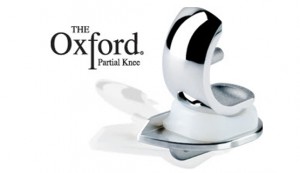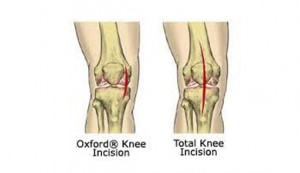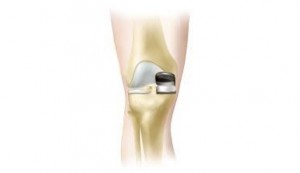Knee Replacement-Unicompartmental (Partial Knee)
A Knee Replacement-Oxford (Partial Knee) is a surgery to replace only one part of a damaged knee. It can replace either the inside (medial) part, the outside (lateral) part, or the kneecap part of the knee.
Preparation
Preparations depend on your surgeon. In general, you should:
- Avoid certain medications. Your doctor may want you to avoid taking medications or dietary supplements that can increase your risk of bleeding.
- Fast beforehand. Depending on the type of anesthesia you’ll have, your doctor may want you to avoid eating, or drinking six to twelve hours before your procedure.
- Arrange for a ride. You won’t be allowed to drive yourself home after the procedure, so make sure someone will be available to pick you up. If you live alone, ask someone to check on you that evening or, ideally, stay with you the rest of the day.
- Choose loose clothing. Wear loose, comfortable clothing baggy gym shorts, slip on shoes for example, if you’re having knee arthroscopy so you can dress easily after the procedure.
Knee Replacement-Oxford (Partial Knee) Surgery
Partial knee replacement surgery removes damaged tissue and bone in the knee joint. The areas are replaced with a man-made implant, called a prosthetic. Before surgery, you will be given medicine that blocks pain (anesthesia). You will have one of two anesthesia types:
- General anesthesia. You will be asleep and pain-free during the procedure.
- Regional (spinal or epidural) anesthesia. You will be numb below your waist. You will also get medicines to make you relax or feel sleepy.
The surgeon will make a cut over your knee. This cut is about 3 to 5 inches long.
- Next, the doctor looks at the entire knee joint. If there is damage to more than one part of your knee, you may need a total knee replacement. Most of the time this is not needed, because tests done before the procedure would have shown this damage.
- The damaged bone and tissue are removed.
- A part made from plastic and metal is placed into the knee.
- Once the part is in the proper place, it is attached with bone cement.
- The wound is closed with stitches.
Knee Replacement Recovery
- You can put your full weight on your knee right away.
- After you return home, you should try to do as much as you can. This includes going to the bathroom or taking walks in the hallways with help. You will also need physical therapy to improve range of motion and strengthen the muscles around the knee.
Risks for Procedure
Risks for this surgery include:
- Blood clots
- Fluid buildup in the knee joint
- Failure of the replacement parts to attach to the knee
- Nerve and blood vessel damage
- Pain with kneeling
- Reflex sympathetic dystrophy (rare)



